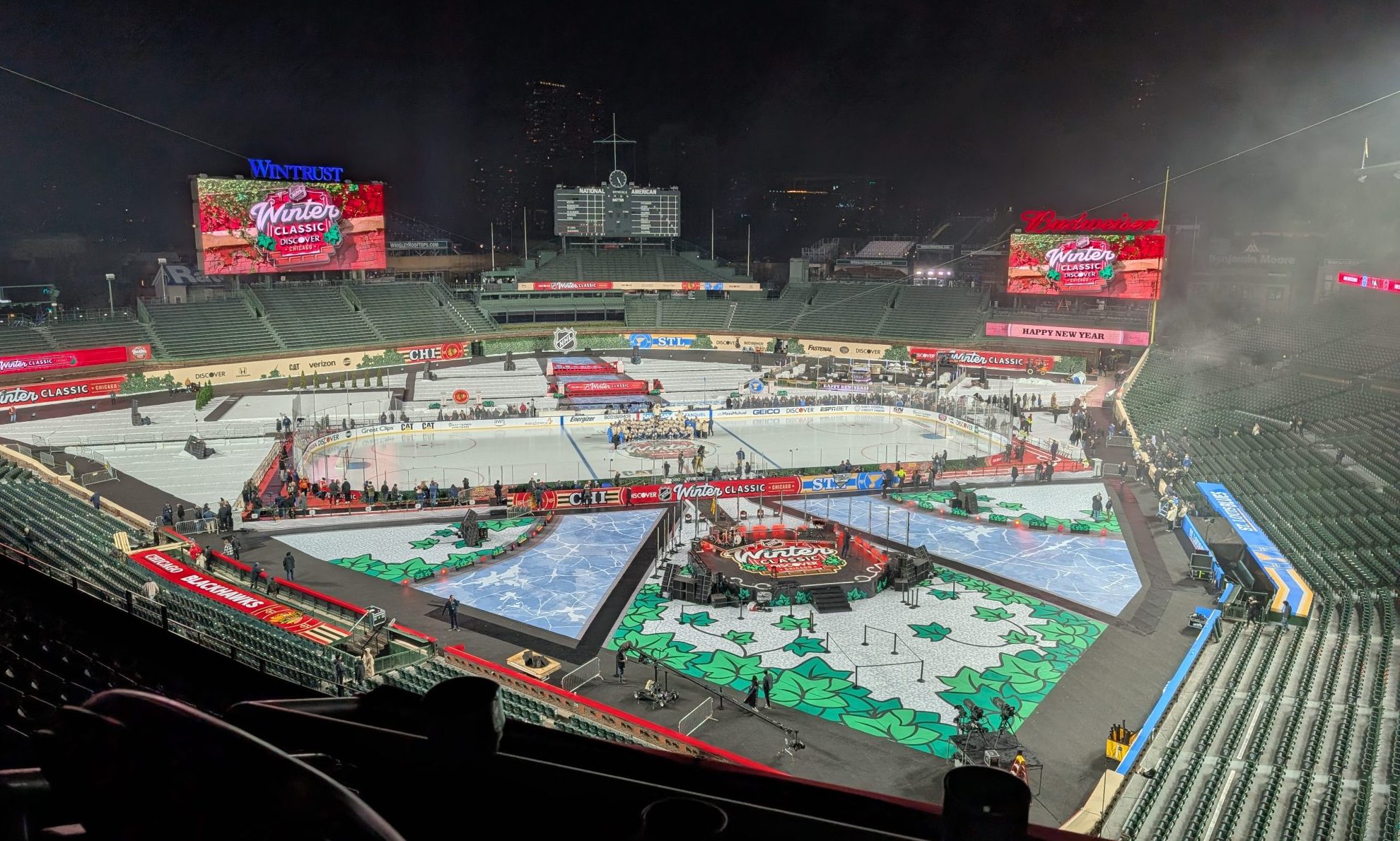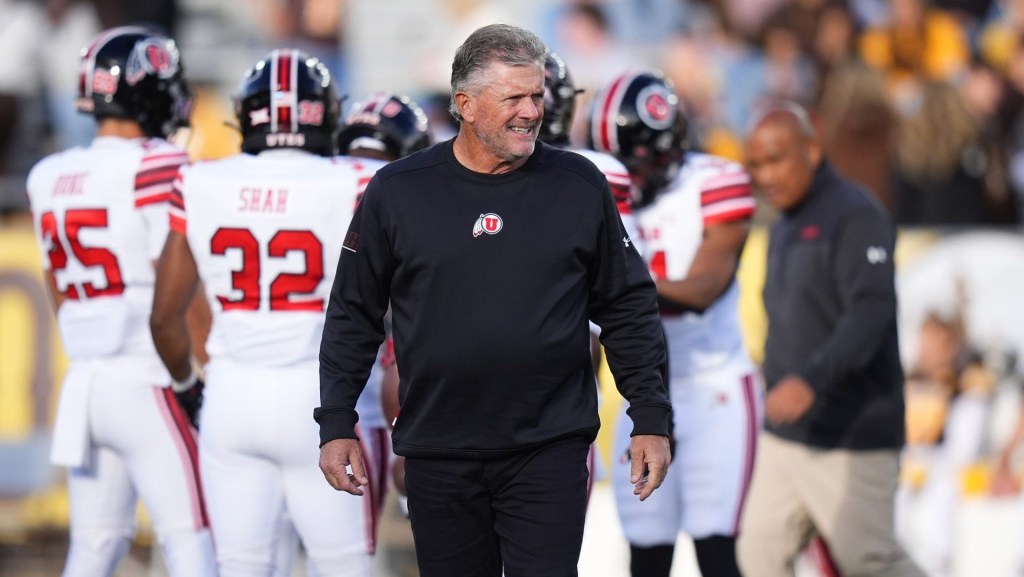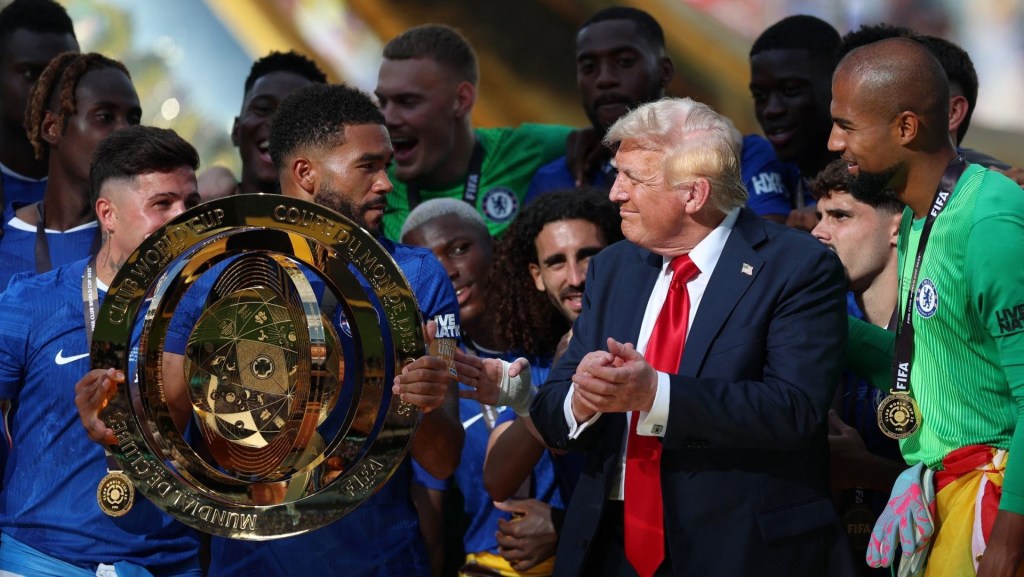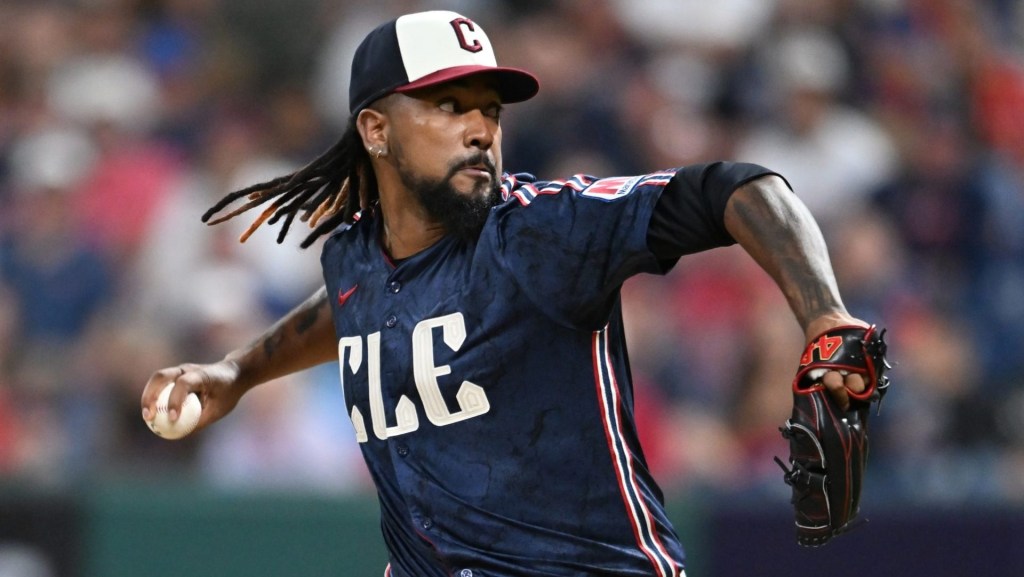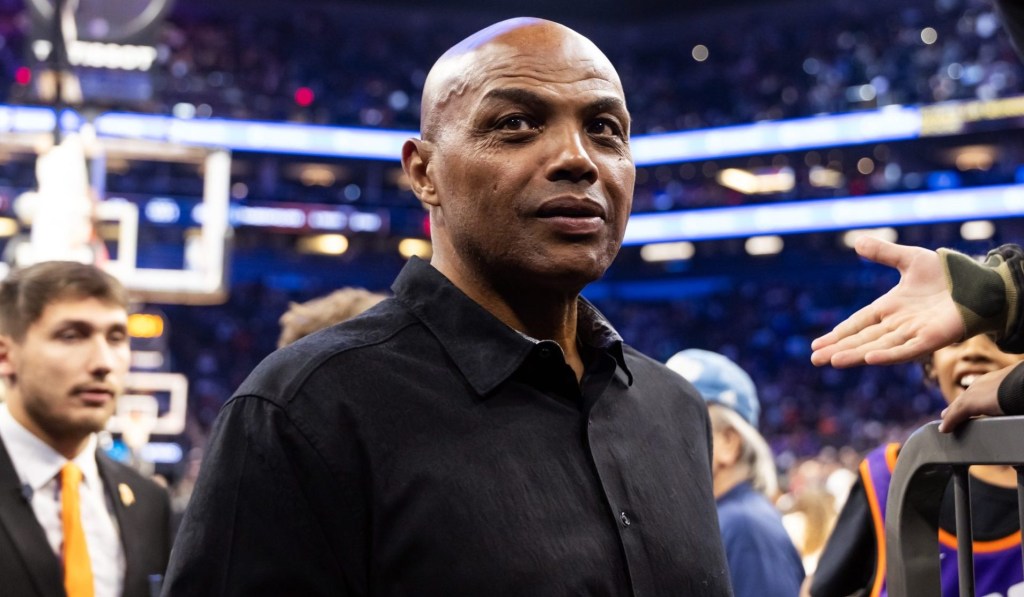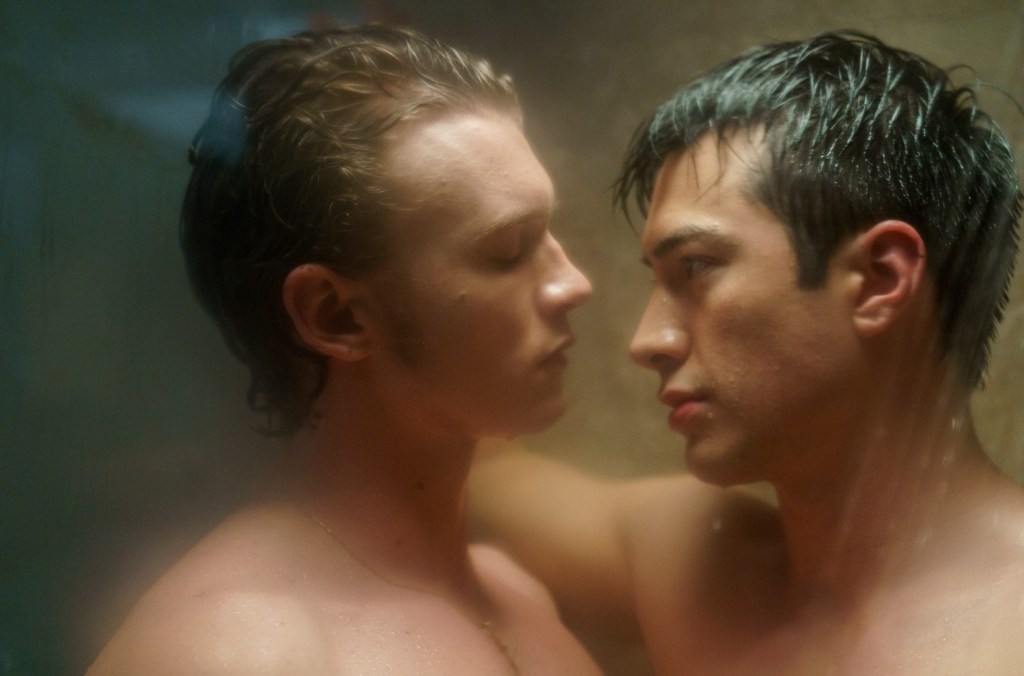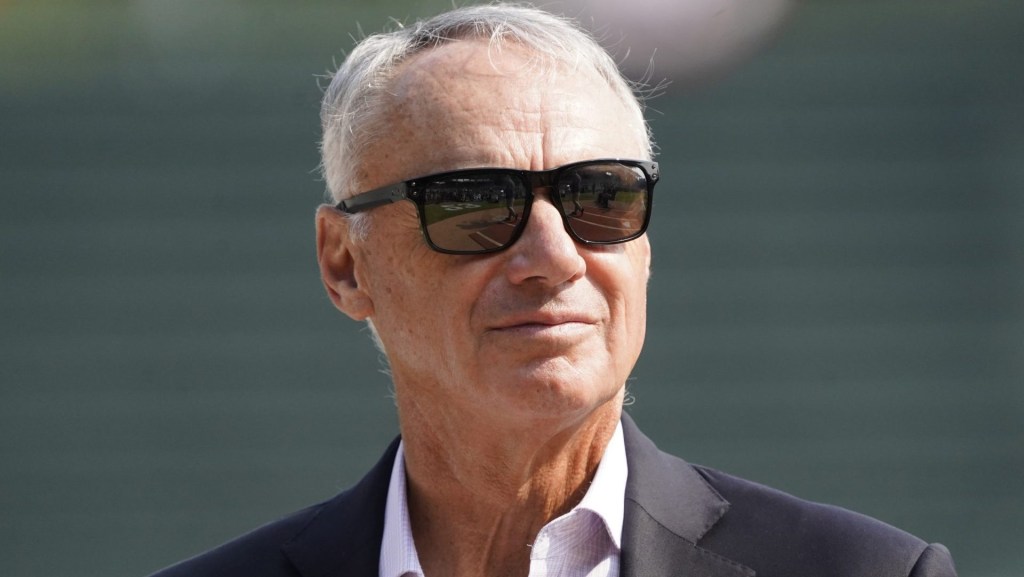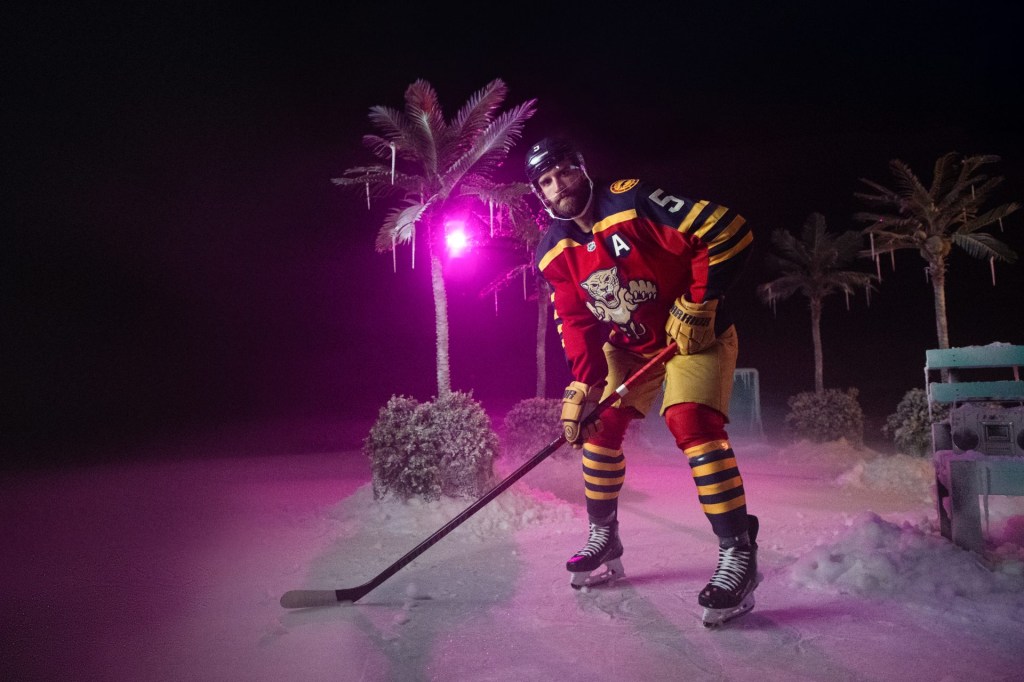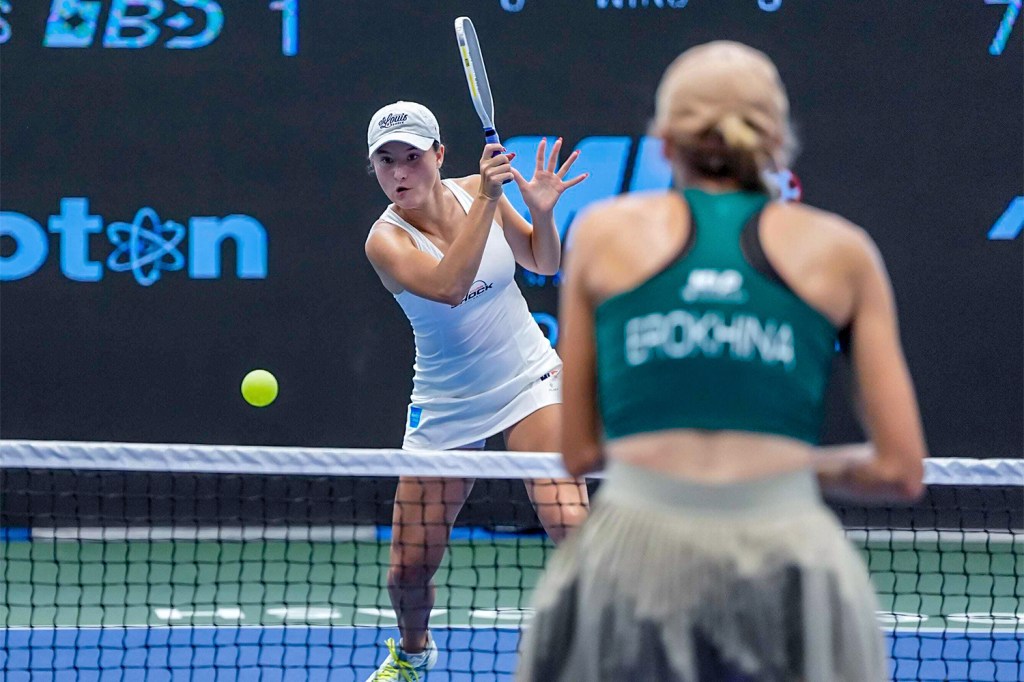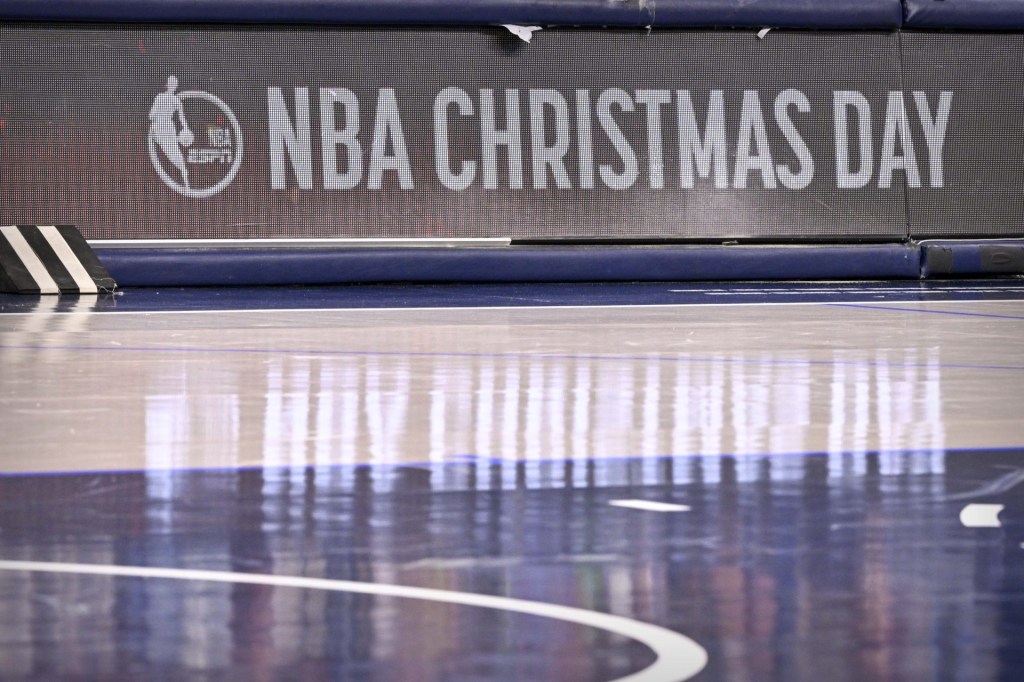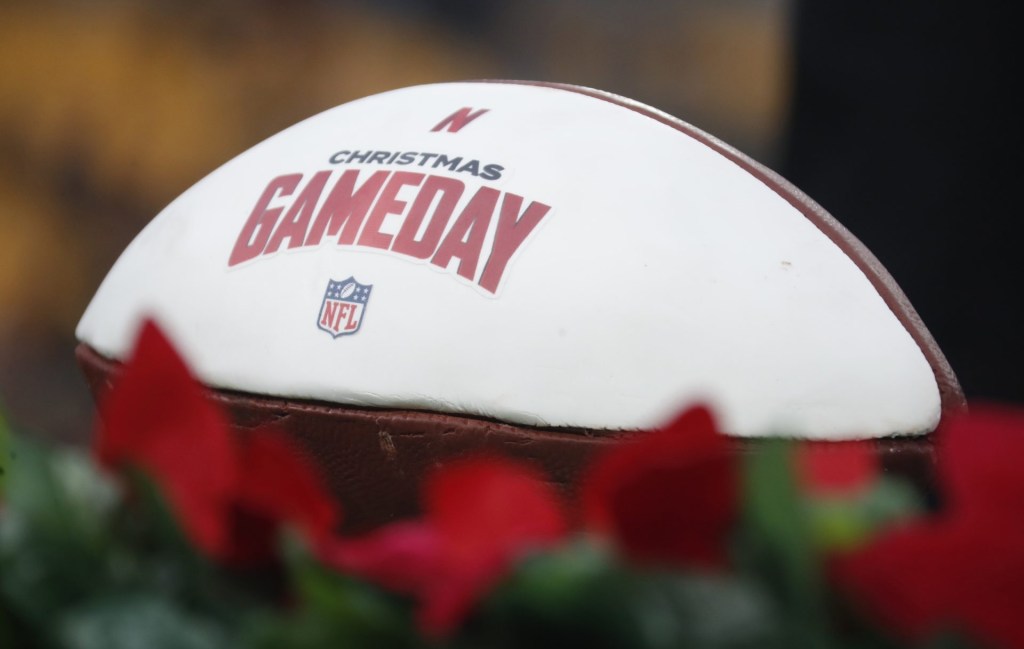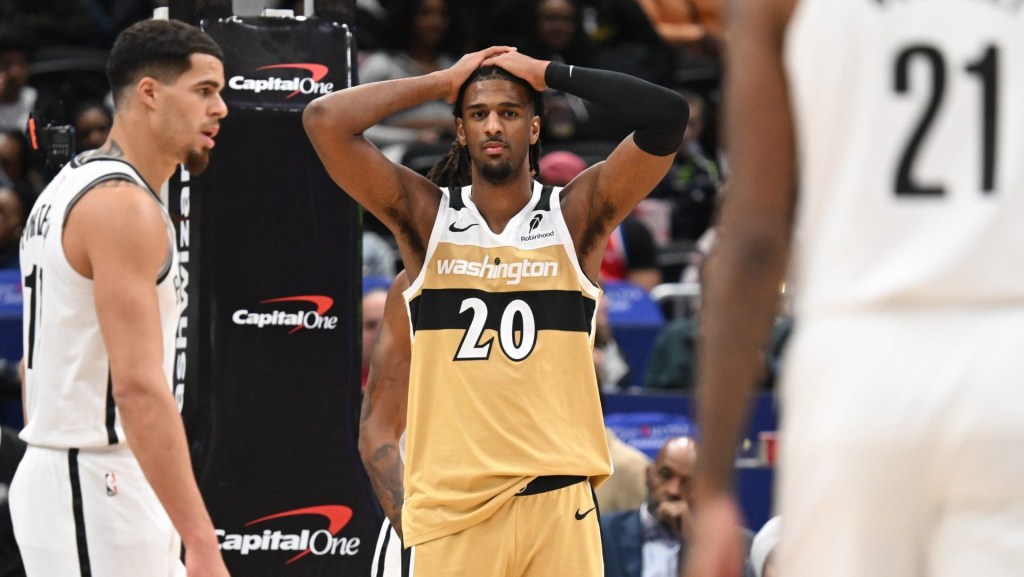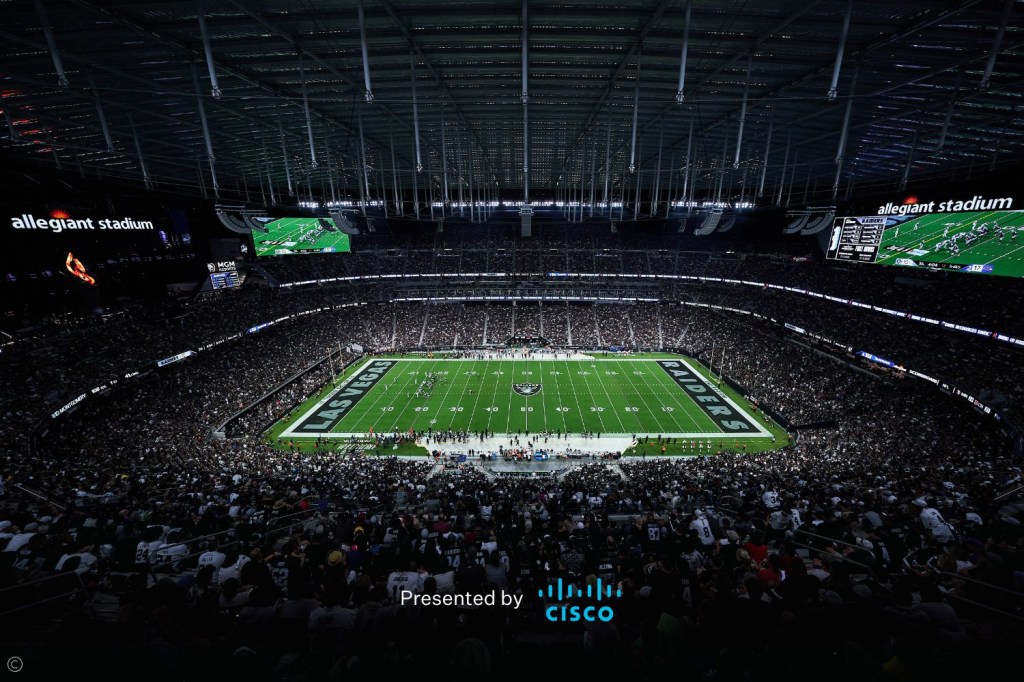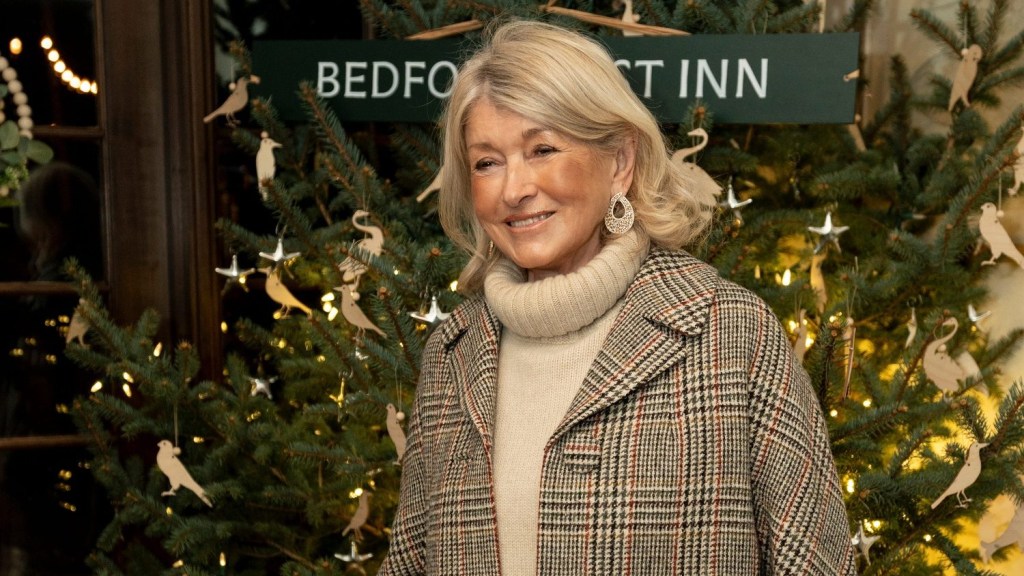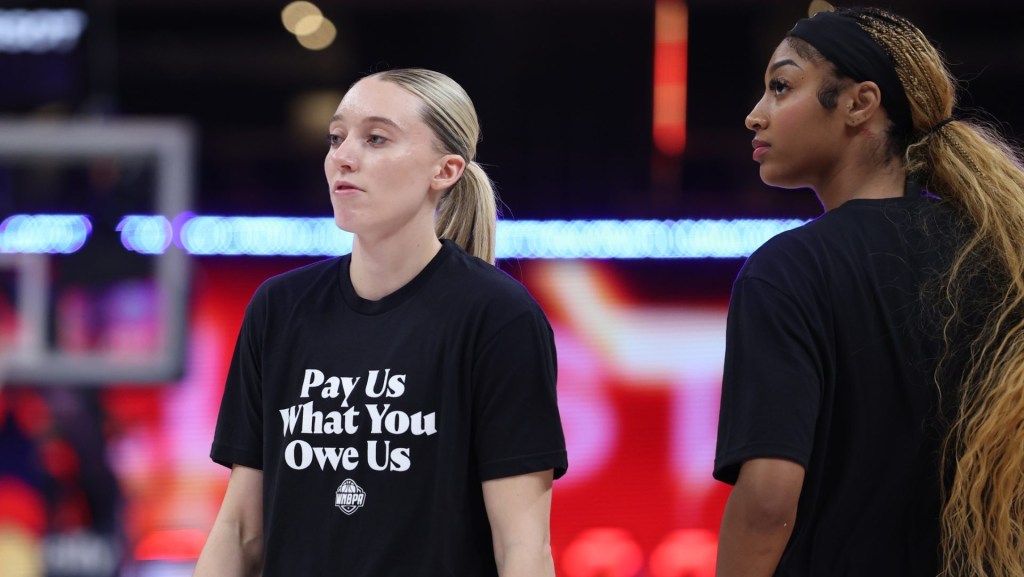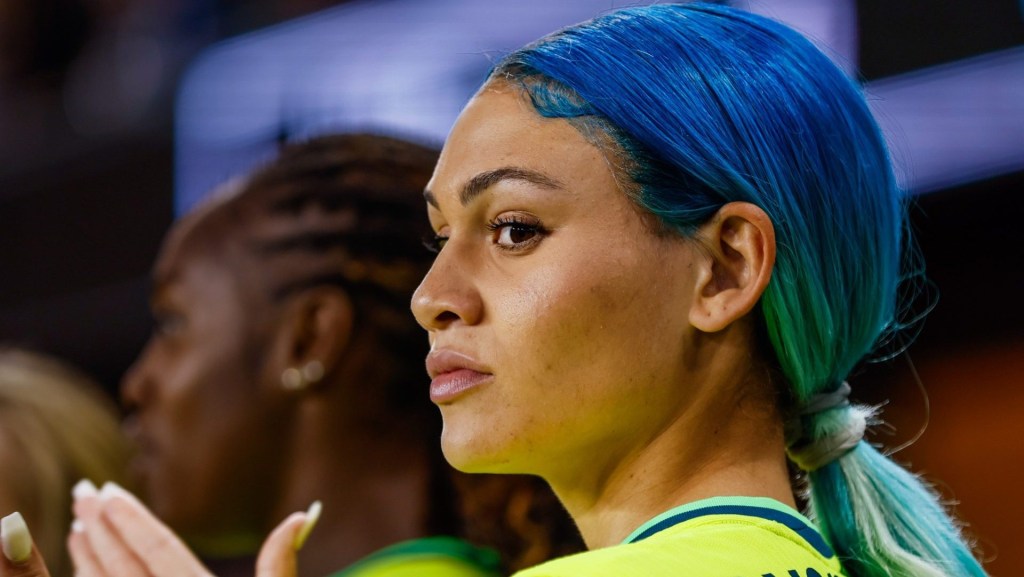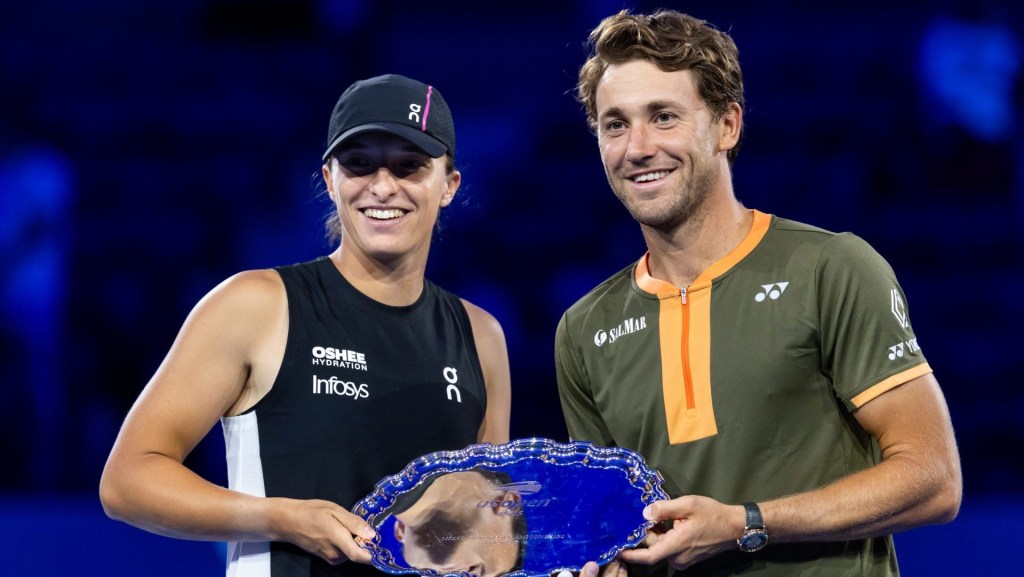CHICAGO — On the night before the NHL’s first New Year’s Eve Winter Classic, the iconic setting of Wrigley Field felt as big as the league hoped.
The outdoor regular-season game returns to the Chicago ballpark for the first time since 2009, where the Blackhawks will square off against the Blues. The renovations to Wrigley—along with increasingly sophisticated technology to both host and broadcast the event—made the building more than worth a revisit, says Dean Matsuzaki, EVP for NHL events.
The venue has changed so much since last time the NHL was here that the league isn’t working from any substantial template. “It’s really starting from square one,” Matsuzaki tells Front Office Sports. A scheduling shift that moves the Winter Classic from its traditional New Year’s Day puck drop gives the league an even blanker slate.
Hundreds of employees from the NHL, Cubs organization, and TNT have been swarming the field for more than a week to bring it all together on a national stage. With a day to go, the pieces were visibly clicking into place.
The rink bisects the ballfield, stretching from the first to third baselines; a stage ringed in ivy graphics, ready for first-intermission entertainment from Chance the Rapper, takes up the space extending to home plate. The outfield is party-ready to welcome 2025 with a dedicated section marked by Happy New Year banners, where Matsuzaki says the NHL will be ringing in the year throughout the day.
Across the entire panorama, Wrigley’s iconic markers are in every frame: The teams took to the ice for practice from the dugouts; and after the Blackhawks wrapped their skate, the Blues worked out under the bright stadium lights.
“When you’re walking into the rink, it’s different, it’s big,” Blackhawks star forward Connor Bedard tells FOS in the team’s Wrigley locker room after their Monday practice.
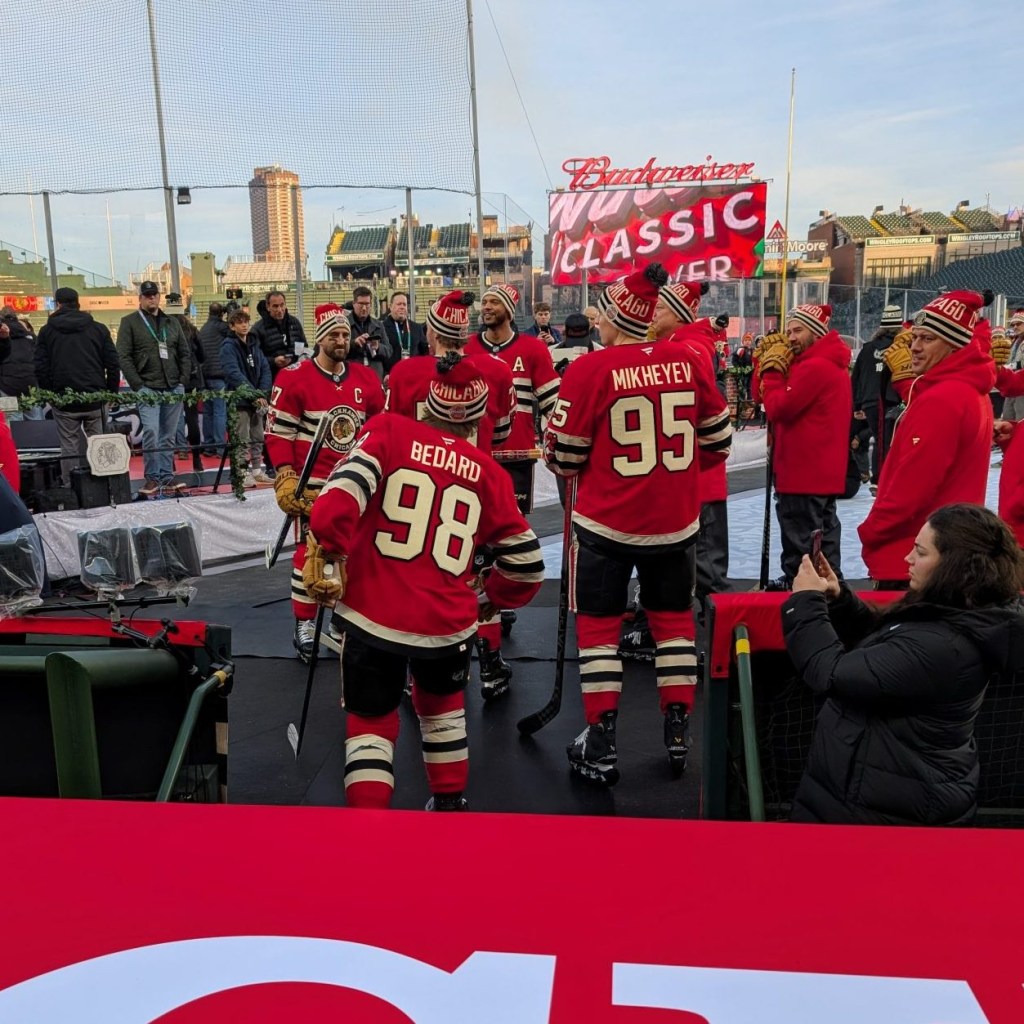
“It’s not insignificant to build a hockey rink in the middle of the stadium or ballpark,” Matsuzaki says, and there has been “considerable investment on the league side” to get the venue ready for the event. “We’re using every inch of space. … We’re going to have a lot of fans here, and there will not be a down moment—the pageantry with the pregame, to the final horn,” he says.
On Gallagher Way behind the stadium on Monday, crews buzzed to put finishing touches on the pregame festival and television broadcast booth, set up in the heart of the fan zone for the first time. It’s the final push to make the event more of a spectacle than ever.
“You mark these on your calendar. It’s the biggest thing before the playoff starts. Everyone’s tuned in—everyone wants to come to these venues, these sporting events, and it’s all over national TV,” Blackhawks forward Patrick Maroon says. A veteran of the league, 36-year-old Maroon is a three-time Stanley Cup champion, including with the Blues in 2019, but he has never played in a Winter Classic. He’s ready. “It makes those guys who have played on the pond feel back at home again. It feels special.”
With its big ambitions, the league’s return to Wrigley will be a true test of whether the NHL can continue to grow its footprint. It’s been pushing hard to do so for the past decade with new TNT and ESPN media deals and special-programming blitzes, all the way down to the grassroots, junior ranks with its kids development initiatives, including Learn to Play in the U.S. and First Shift in Canada.
The players, too, believe a high-profile Winter Classic could be a inflection point for the sport.
“It just makes hockey accessible to everyone. If you’re a baseball fan, now you’ve got hockey in your stadium that you cheer in,” Blackhawks captain Nick Foligno tells FOS. “It’s hockey in its purest form. That’s what it felt like out there today. You see the game for its beauty, and you watch it in an outdoor atmosphere. That’s what I hope fans take away from it and people who’ve never watched the game.”
